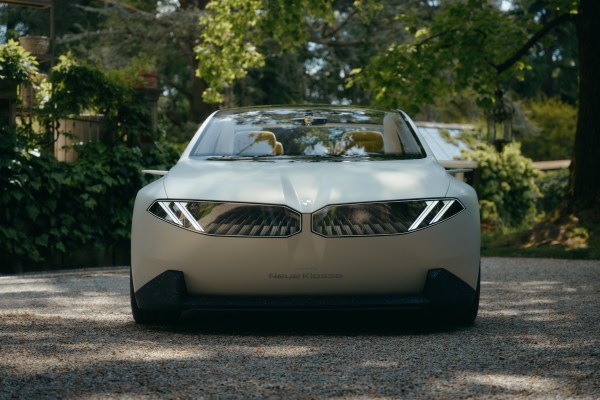
While other automakers are dialing back their electric vehicle plans, BMW is quietly going all in.
“The tipping point for the combustion engine was last year,” CFO Walter Mertl told journalists at a roundtable in Munich recently. The German automaker has seen sales of its fossil fuel vehicles plateau and is expecting a slow decline, he said. “Growth will come increasingly from electric vehicles.”
BMW sold a record 2.5 million vehicles last year, 15% of which were all-electric. This year, the company thinks it’ll sell 500,000 EVs, or 33% more than last year.
Mertl’s statement was remarkably decisive given the company’s previously wavering commitment to EVs.
Not long ago, BMW was busy hedging its bets, creating a new vehicle architecture known as CLAR that could accommodate three different powertrains — internal combustion engine, plug-in hybrid, and full electric — on the same production line. Management wasn’t sure which direction the market was headed, so it attempted to cover its bases with one platform that it hoped would do it all.
It must not have been as easy as BMW had anticipated, because the company’s first EV built on the platform, the i4, didn’t materialize until 7 years after the first CLAR car debuted. One glance at the i4 and the compromises were obvious: The tunnel, which covers the driveshaft in the fossil fuel model, sat empty, and the space under the hood was only half full. That marked a big departure from standard practices, because automakers typically cram every nook and cranny to optimize the use of metal in the frame to save both cost and weight. The i4, for all its strengths, fell short in many areas.

